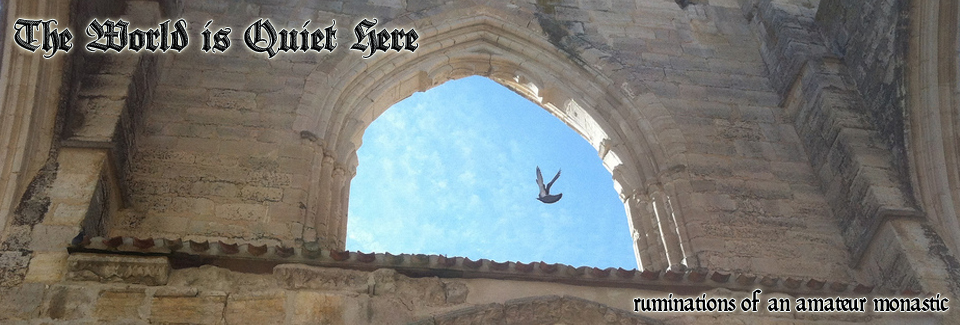Gunpowder, Treason, and Plot
 Today in 1605, a cabal of Catholic plotters, hoping to turn back the tides of reformation and restore a Catholic monarch to Great Britain, attempted to assassinate the very Protestant King James.
Their plan – if you can dignify it by calling it a plan – was to blow up the House of Lords during the State Opening of England’s Parliament. This was to be followed by a popular revolt in the Midlands during which James’s nine-year-old daughter, Princess Elizabeth, was to be installed as the Catholic head of state. This has come to be known as the Gunpowder Plot.
Today in 1605, a cabal of Catholic plotters, hoping to turn back the tides of reformation and restore a Catholic monarch to Great Britain, attempted to assassinate the very Protestant King James.
Their plan – if you can dignify it by calling it a plan – was to blow up the House of Lords during the State Opening of England’s Parliament. This was to be followed by a popular revolt in the Midlands during which James’s nine-year-old daughter, Princess Elizabeth, was to be installed as the Catholic head of state. This has come to be known as the Gunpowder Plot.
The plotters were led by Robert Catesby, an Oxford educated aristocrat whose parents had suffered years of imprisonment for the crime of being Catholic.
The most famous of the plotters was, undoubtedly, Guy Fawkes, a soldier with 10 years of military experience fighting in the Spanish Netherlands, whose job it was to set off the explosion.
The plotters were sold out through an anonymous letter sent warning of the plot.
Fawkes was arrested in the basement with 36 barrels of gunpowder. The rest of the plotters fled and, after a brief fire-fight during which Robert Catesby was killed, they were captured.
Eight of the survivors, including Fawkes, were convicted and sentenced to be hanged, drawn and quartered.
And that was the end of Catholic attempts to restore the Catholic monarchy in Great Britain. The day is celebrated now with bonfires.
Here’s the story in the words of the old (very anti-Catholic) poem celebrating the defeat of Guy Fawkes and his conspiracy:
Remember, remember!
The fifth of November,
The Gunpowder treason and plot;
I know of no reason
Why the Gunpowder treason
Should ever be forgot!
Guy Fawkes and his companions
Did the scheme contrive,
To blow the King and Parliament
All up alive.
Threescore barrels, laid below,
To prove old England’s overthrow.
But, by God’s providence, him they catch,
With a dark lantern, lighting a match!
A stick and a stake
For King James’s sake!
If you won’t give me one,
I’ll take two,
The better for me,
And the worse for you.
A rope, a rope, to hang the Pope,
A penn’orth of cheese to choke him,
A pint of beer to wash it down,
And a jolly good fire to burn him.
Holloa, boys! holloa, boys! make the bells ring!
Holloa, boys! holloa boys! God save the King!
Hip, hip, hooor-r-r-ray!



